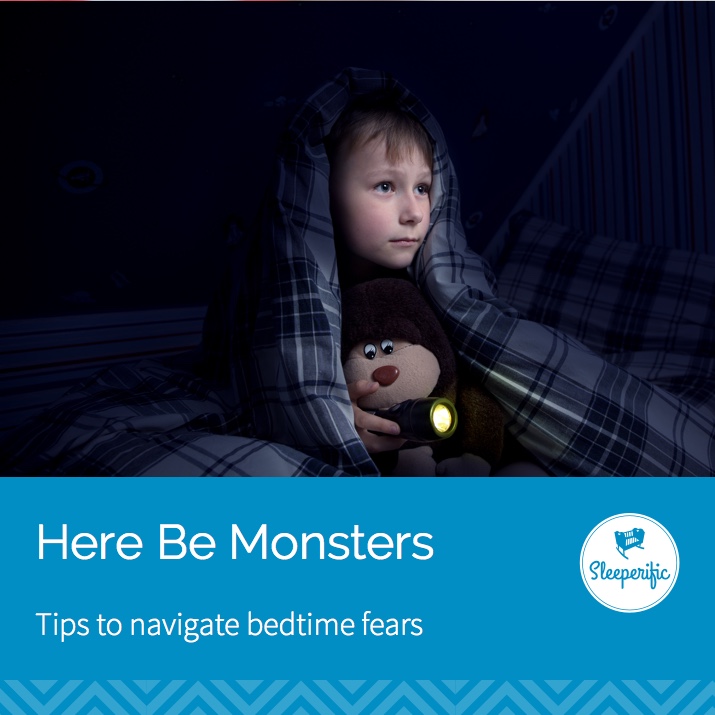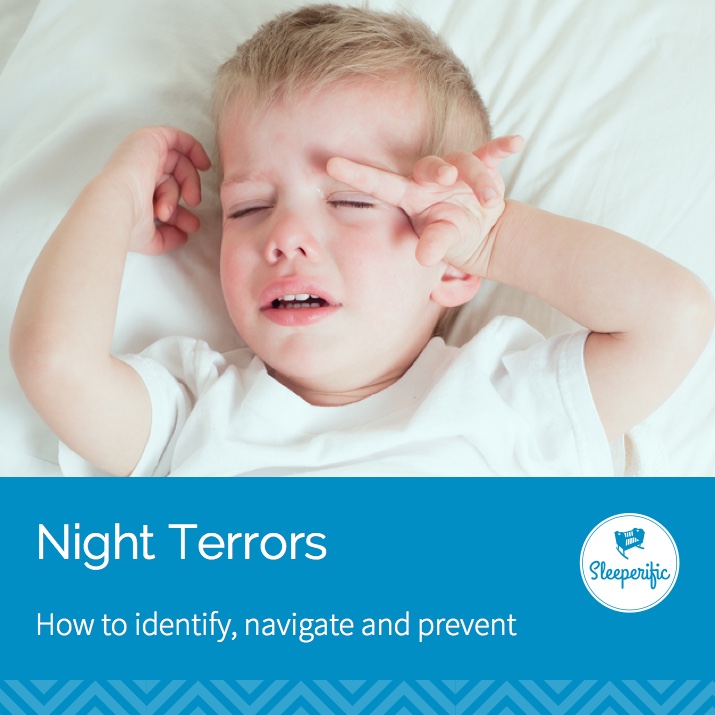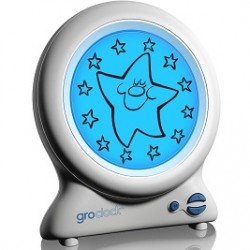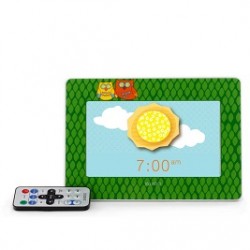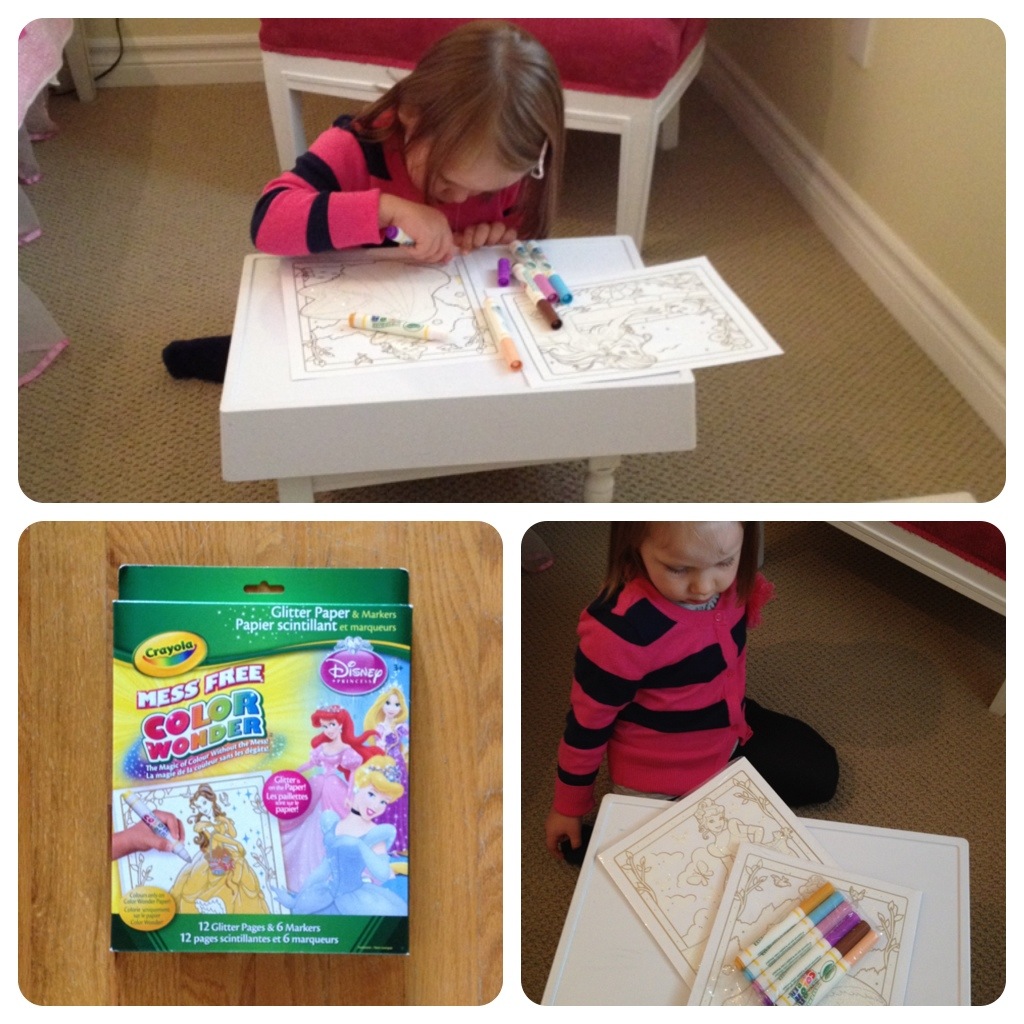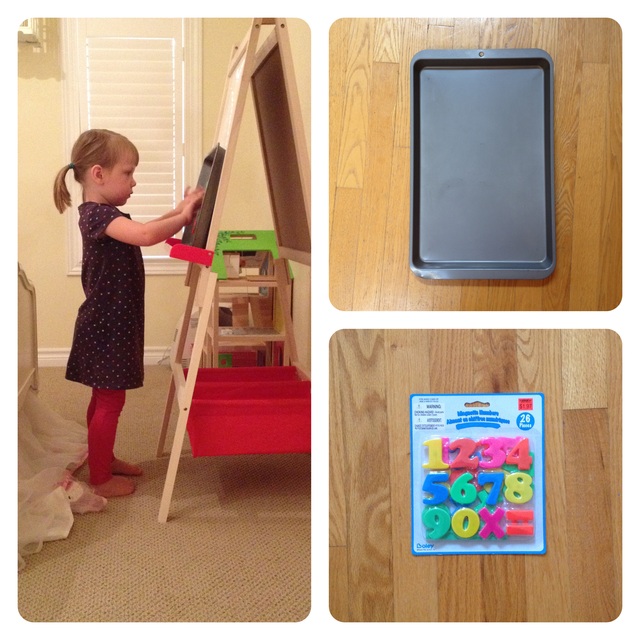
Toddler trouble? Preschooler problems? Maybe bedtimes mean full blown tantrums at your house? Or perhaps bedtimes are just a little more stressful than you’d like them to be?
Bedtimes can be better. With a few simple changes, you can make bedtime a more positive experience for your family.
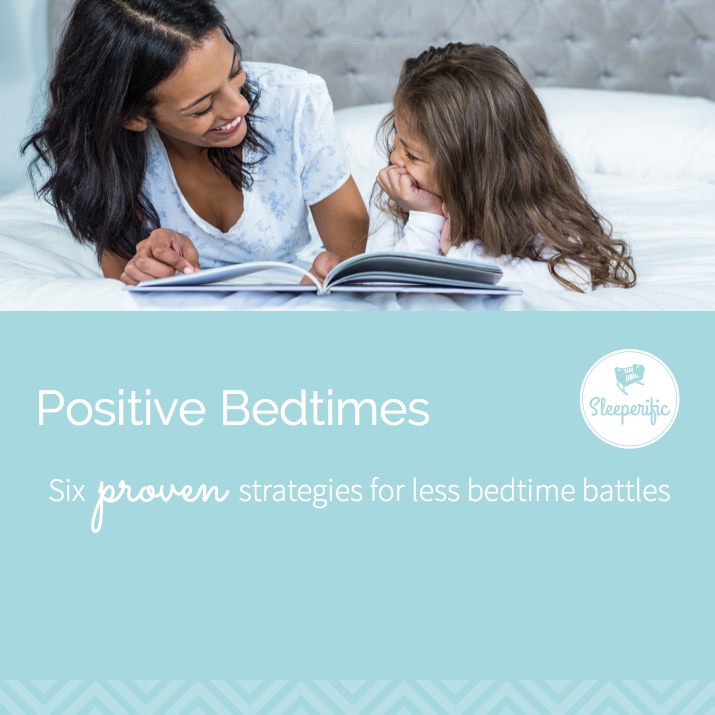
Take the battle out of bedtime
- Fill that attention basket – Every child has their own “attention basket” which needs to be filled at the conclusion of the day. If positive attention isn’t available or if the basket is not full, attention seeking will continue, even if it means filling their basket with negative attention. The solution? Fill those baskets: approximately 15 minutes of dedicated parent and child time per day will do the trick. Find something special you and your child like to do together. It can be reading, playing a game, crafting, puzzling, colouring, etc…
- Routine Chart – Take the power out of bedtime routines. You’re not the boss dictating the flow of a routine. The child is not the boss either. Allow a chart to be a boss. This is not a reward based chart. Check out a sample for you to download here (colourable! or make your own with your child!). Your child can follow the chart and tell you what comes next, allowing them to feel in control.
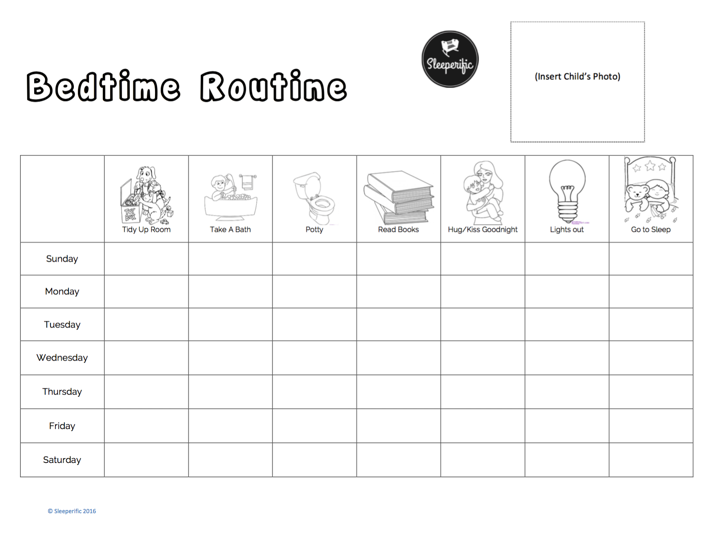
- Cut the tech – Turn off the television, tablets, computers and smartphones, at least 2 hours before bedtime. We know screens limit melatonin production. That means it’s harder to fall asleep if you’ve been using technology before bed. Quite simply, screens limit sleep from a behavioural and biological perspective¹,². Make a media plan with your family. Use a tool like OurPact to manage devices. Make bedrooms a no tech zone.
- Consistency – If bedtime is 7:30PM Sunday, 8PM on Tuesday and 9PM on Saturday; that’s a loose definition of bedtime. Add in a child who is aware of the clock, and you’ll be in negotiations around bed timing because, well, bedtime seems negotiable. Select an age appropriate bedtime, based on sleep needs. Children need a regular amount of sleep on weekdays and weekends, therefore, a regular bedtime. Respect your child’s need for sleep.
- Choices, choices, choices – Offer choices to give a sense of power, all day long, but especially at bedtime. Ensure options are age appropriate; instead of “What would you like to wear to bed?” use “Would you like your car pyjamas or your baseball pyjamas?” Not “What would you like for a bedtime snack?” but “Would you like blueberry or strawberry yogurt?” Handing over power in situations that matter less means compliance in situations that matter more.
- Mind the message – Is “go to bed” or “go to your room” a punishment? If sleep has a bad rap in your home, consider yourself sleep’s newest marketing manager. Make bedtime a positive time of day, with routines your family looks forward to. Talk about the benefits of sleep for mind and body (“Sleep helps us grow strong and be smart”, “We can do so many fun things when we’ve had a good sleep”, “When we’re tired, we all feel yucky”). Keep bedrooms a positive space.
xxoo
Krista
About the author:
 |
Krista is a mother of 3 (+1 dog who believes she’s people), a wife to a wonderful husband, and the owner and founder of Sleeperific. Even though she’s been in the sleep consulting biz for 4 years, she still gets excited when she’s hired by a sleepy family. |
References
[1] Thompson, D. A., & Christakis, D. (2005). The association between television viewing and irregular sleep schedules among children less than 3 years of age. Pediatrics, 116(10), 851-856.
[2] Barlett, N.D., Gentile, D.A., Barlett, C.P., Eisenmann, J.C., et al. (2012). Sleep as a mediator of screen time effects on children’s health outcomes. Journal of Children and Media, 6(1), 37-50.

